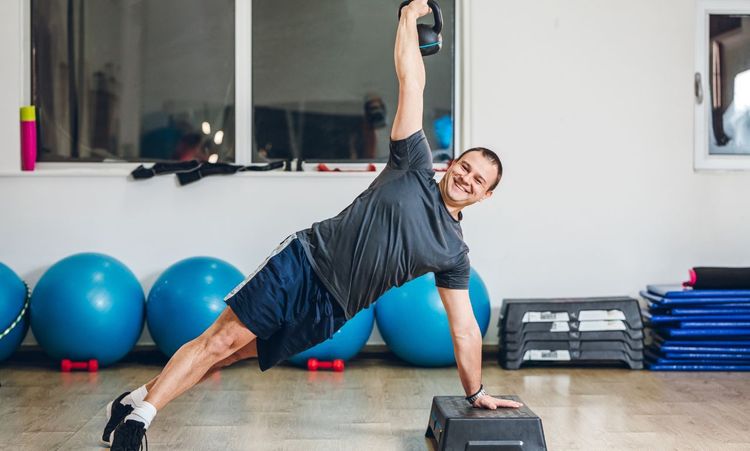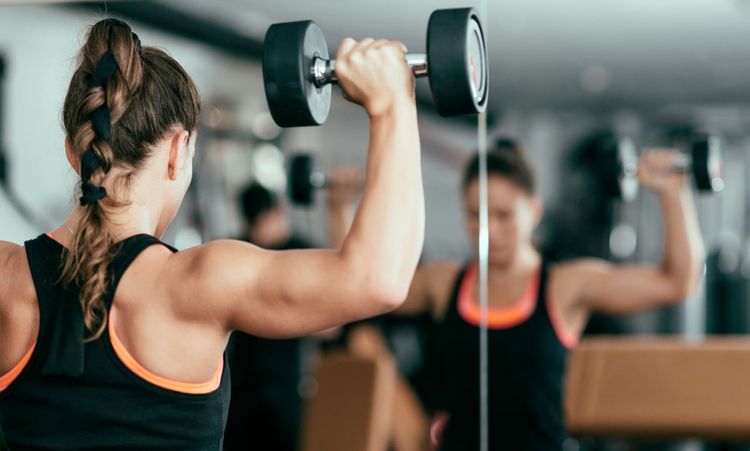You're here because you have a fire in your belly – literally. You want to know what exercise equipment burns the most calories, and you're ready to crank up the heat on your fitness journey. But before you jump on the first machine that promises a calorie bonfire, let's break down the science behind the burn and explore the equipment that can help you achieve your fitness goals.
Understanding the Calorie Burn Equation
While calorie expenditure is a key factor in weight management and overall fitness, fixating solely on the numbers flashing on a screen can be misleading. Your body isn't a simple calculator; it's a complex, adaptive organism influenced by a multitude of factors.
Here's the truth: No single piece of exercise equipment holds the magic key to maximum calorie burn. Instead, your calorie-torching potential is determined by a dynamic interplay of elements, including:
1. Exercise Types
Different exercises engage different muscle groups and energy systems, leading to variations in calorie expenditure. Generally, exercises that recruit larger muscle groups (think legs and back) and elevate your heart rate significantly will burn more calories than those targeting smaller muscles or maintaining a lower intensity.
2. User Weight
Physics plays a role in your calorie-burning journey. A heavier person naturally expends more energy to move their body mass compared to someone lighter, even when performing the same exercise at the same intensity.
3. Intensity of Workout
Intensity is your secret weapon in the calorie-burning battle. The harder you push yourself, the more energy your body demands, and the more calories you incinerate. Think of it like this: a leisurely stroll burns fewer calories than a heart-pumping run, even if you cover the same distance.
4. Duration of Exercise
Just as a campfire needs a steady supply of logs to keep burning, your body requires sustained effort to maintain a high calorie burn. Longer workouts generally translate to greater calorie expenditure, provided you maintain a challenging intensity level.
Popular Cardio Equipment for Calorie Burning
Cardio equipment is a mainstay in most gyms, offering a controlled environment for elevating your heart rate and torching calories. Let's examine some popular options and their calorie-blasting potential:
1. Treadmills
Treadmills provide the versatility to walk, jog, or sprint, making them suitable for a wide range of fitness levels. Incorporating inclines can significantly amplify calorie burn by engaging more muscles and mimicking the demands of uphill running.
Approximate Calorie Burn (based on a 150-pound person):
- Walking (3 mph, 0% incline): 270-360 calories per hour
- Running (6 mph, 0% incline): 600-800 calories per hour
- Running (6 mph, 5% incline): 750-1000 calories per hour
2. Elliptical Trainers
Elliptical trainers offer a fluid, low-impact workout that engages both your upper and lower body. The gliding motion minimizes stress on your joints, making it a suitable option for individuals with joint pain or those new to exercise.
Approximate Calorie Burn (based on a 150-pound person):
- Moderate intensity: 500-700 calories per hour
- Vigorous intensity: 700-900 calories per hour
3. Rowing Machines
Rowing machines are calorie-crushing powerhouses, engaging a remarkable 86% of your muscles in a single stroke. This full-body workout targets your legs, core, back, and arms, making it an efficient and effective way to incinerate calories.
Approximate Calorie Burn (based on a 150-pound person):
- Moderate intensity: 400-500 calories per hour
- Vigorous intensity: 600-800 calories per hour
4. Stationary Bikes
Stationary bikes provide a low-impact, joint-friendly workout that's ideal for individuals of all fitness levels. Increasing the resistance level simulates an uphill climb, intensifying the workout and boosting calorie burn.
Approximate Calorie Burn (based on a 150-pound person):
- Moderate intensity: 450-600 calories per hour
- Vigorous intensity: 650-850 calories per hour
5. Stair Climbers
Stair climbers mimic the motion of climbing stairs, providing a challenging workout that targets your glutes, quads, and calves. The continuous stepping motion elevates your heart rate and ignites your metabolism.
Approximate Calorie Burn (based on a 150-pound person):
- Moderate intensity: 500-700 calories per hour
- Vigorous intensity: 700-900 calories per hour
Cardio vs. Resistance Training
While cardio exercises are renowned for their calorie-torching prowess during a workout, resistance training, often involving weights, plays a crucial role in boosting your metabolism long after you've racked the weights.
The Cardio Advantage
Cardio workouts excel at elevating your heart rate and burning a significant number of calories during your workout session. This immediate calorie expenditure can contribute to a calorie deficit, aiding in weight loss or maintenance.
The Power of Weights
Resistance training, on the other hand, focuses on building muscle mass. Muscle is metabolically active tissue, meaning it requires energy (calories) even at rest. By incorporating strength training into your routine, you effectively increase your resting metabolic rate, allowing your body to burn more calories throughout the day, even when you're not actively exercising.
Benefits of Combining Cardio and Strength Training
For optimal calorie burn and overall fitness, a balanced approach that incorporates both cardio and resistance training is key. This dynamic duo offers a multitude of benefits:
- Enhanced Calorie Expenditure: Combine the immediate burn of cardio with the long-term metabolic boost of strength training for maximum impact.
- Improved Body Composition: Build lean muscle mass while shedding fat, leading to a more toned and sculpted physique.
- Increased Strength and Endurance: Develop both cardiovascular fitness and muscular strength, enhancing your overall athleticism.
- Reduced Risk of Chronic Diseases: Regular exercise, including both cardio and strength training, can lower your risk of heart disease, stroke, type 2 diabetes, and certain types of cancer.
Factors Influencing Total Calories Burned
While the type of exercise equipment you choose plays a role in calorie expenditure, it's essential to recognize that other factors also influence your results:
1. User Effort and Intensity
The intensity with which you exercise is paramount. Pushing yourself harder, whether by increasing resistance, speed, or incline, forces your body to work harder and burn more calories.
2. Equipment Features and Settings
Many cardio machines offer features like incline adjustments, resistance levels, and pre-programmed workouts that allow you to customize your experience and challenge yourself further.
3. Workout Variability
Variety is the spice of life and the key to sustained calorie burn. Your body adapts to repetitive movements over time, potentially leading to a plateau in calorie expenditure. Incorporate a mix of cardio exercises, resistance training, and even high-intensity interval training (HIIT) to keep your body guessing and your metabolism fired up.
Conclusion
Ultimately, the best exercise equipment for burning calories is the one that you enjoy using consistently and that aligns with your fitness goals. Experiment with different machines, find what motivates you, and remember that consistency and intensity are your greatest allies in the quest for calorie incineration.
So, step onto that treadmill, hop on that bike, or grab those weights with confidence. You hold the power to unleash your inner inferno and achieve your fitness aspirations.




